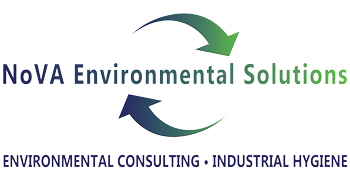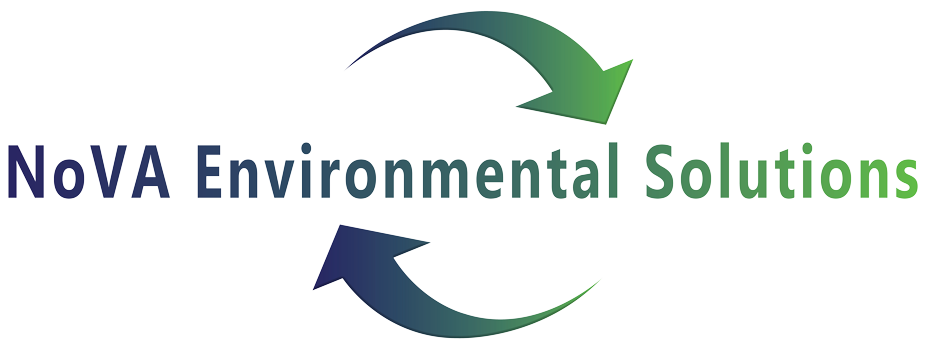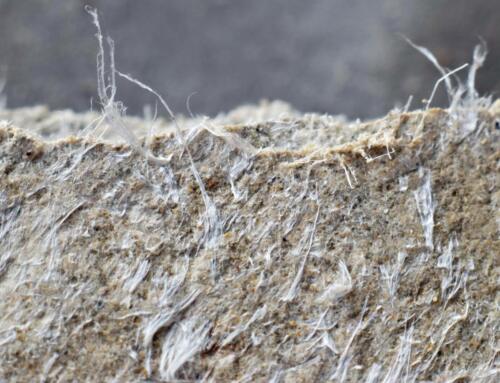An ASTM Phase 1 ESA assessment follows a prescribed format to evaluate certain environmental conditions for a property. There are two primary components to a Phase 1 ESA:
- A visual reconnaissance of the property. No testing or measurement is conducted.
- A paper study to evaluate site use history and determine whether or not the property or nearby properties are included on environmental regulatory databases.
With just these two components, an ASTM Phase 1 has the potential to overlook substantial environmental and building condition issues. Unless there are obvious, visually recognizable or documented environmental conditions, the assessment will not call for any further sampling or analysis. ASTM Phase I outlines protocols for assessment of other hazards such as asbestos, but these are not required. In fact, a Phase 2 assessment will only be triggered by finding something in the original ESA that is concerning to the buyer or lender.
To fully evaluate a complex building, a comprehensive hazardous building materials survey assessment should be completed by a team of specialists and often requires system testing.
What is a Hazardous Building Materials Survey?
Hazardous building materials include asbestos, lead, mercury, polychlorinated biphenyls (PCB), chlorofluorocarbons, and radioactive sources; they are found in buildings of any age or condition. The uncontrolled disturbance of such materials can result in dangerous overexposures for contractor employees, contamination of the building, project delays, additional expenses and even regulatory violations.
With a hazardous building materials survey, potential buyers, property owners, and construction managers can head into a project without the risk of liability or budget-wrecking surprises and a plan for the safe, cost-effective and regulatory-compliant remediation of any environmental hazards.
From determining the presence of asbestos, lead, mold or PCBs in older structures, to unearthing hazards that may lurk in underground storage tanks or soil, a comprehensive hazardous materials survey is a critical and often required step in the process of demolition, renovation, or repair.
It is important for any professional contractor, no matter the specialty, to recognize the primary hazardous building materials and understand applicable federal regulations. Remember, state and local agencies often adopt the federal regulations, but can also set specific, more stringent standards. Regulations at the local, state and federal levels should be identified before undertaking a building remodel, renovation, or demolition.
Federal regulations do not require surveys for other (non-asbestos) hazardous building materials, but the EPA regulates them as hazardous waste so they generally cannot be disposed in construction and demolition landfills (with the exception of lead-based paint in whole building demos). Although not regulated at the federal level, many hazardous building materials are regulated by local and state authorities. Pre-renovation / demolition surveys allow the building owner/contractor to anticipate costs to safely remove, segregate, and dispose of hazardous building materials and comply with specific local and state regulations for the materials. Safe removal may require specialty contractors with appropriate training, personal protective equipment, and exposure monitoring capabilities.
A comprehensive hazardous building materials survey (HBMS) includes inspection of all suspect building materials and site features that could contain harmful substances. Asbestos, lead, and PCBs are among the most common hazards, particularly in older buildings, but a thorough assessment can reveal other universal wastes as well as a wide variety of other compliance, health, safety and liability risks.
The Environmental Protection Agency has designated several building materials as “Universal Waste”. These materials include, but are not limited to the following:
- Mercury light ballasts, fluorescent lights, mercury light switches, and thermostat bulbs
- Radioactive sources such as tritium-containing signage
- PCB (polychlorinated biphenyls), containing equipment including elevator hoists, switching equipment and panels, electrical transformers, hydraulic lifts etc.
- Chlorofluorocarbon (CFC)-containing equipment such as HVAC pumps and compressors
An inventory will be provided at the conclusion of the survey in report format. These items will need to be removed prior to the demolition of the subject project. In many cases and locations, these materials will need to be disposed of in a manner other than general waste. As such, extra fees for disposal will likely be required.
A completed survey includes a written report detailing the findings and analytical results of the assessment, along with site-specific recommendations for mitigation of any discovered hazards.
Pre-Demolition and Pre-Renovation Surveys for Worker Safety
Assessments for hazardous materials are a crucial component before renovation of both occupied and unoccupied buildings. They are also critical for sites slated for demolition because hazardous materials can become airborne during construction and demolition, posing a risk to occupants, workers and others in the vicinity.
When a recent pre-demolition survey to assess the risk of asbestos, lead, PCBs, mold, and other hazards in a structure slated for demolition revealed asbestos-containing materials (ACMs), lead paint, mold growth, and possible mercury vapor emanating from fluorescent light fixtures, we recommended that the client work with a licensed remediation contractor to remove the materials prior to demolition to avoid the risk of exposing workers and other trades.
Reliable, Cost-Effective Assessment for Health and Safety
NoVA Environmental Solutions works closely with our clients to review all potential hazards in preparation for renovation, demolition, or new construction or to assess suspected cases of sick building syndrome in occupied buildings. The scope of the survey is based on numerous factors including the age of the building, materials known or suspected to be on the site, and any damage the building may have sustained. Based on these parameters, our team will develop a site-specific sampling plan and conduct a thorough investigation.
With more than 25 years of experience in environmental consulting for both the private and public sectors, NoVA Environmental Solutions provides safe and cost-effective assessments that can be relied upon by building owners, construction managers, demolition contractors, engineers, facility managers, and more.
To learn more about our hazardous building materials survey, contact us through the link below.



